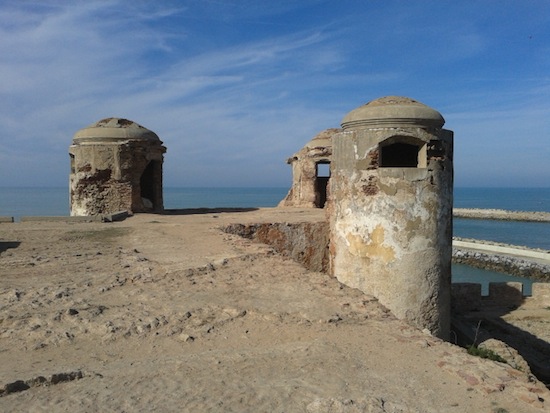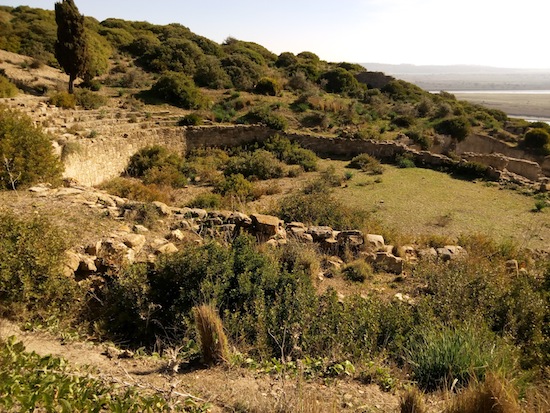The Poison Apple: Interview with a Brooklyn Vampire
Steven Van Patten from That Metal Show
For our next “victim” of the new Black Gate column, The Poison Apple, I’d like to introduce Steven Van Patten. Steven is a member of the Horror Writer’s Association and when vampires are supposed to be sleeping, he works as a TV show stage manager. In the past he’s worked on shows such as MTV’s Total Request Live, The Dr. Oz Show, Totally Biased with W. Kamau Bell and The Nightly Show with Larry Wilmore. He straddles two extremes of a busy lifestyle but still manages to write about topics that are underexplored in the speculative fiction realm. He’s written the Brookwater’s Curse series, Rudy’s Night Out, a children’s vampire story, and Killer Genius: She Kills Because She Cares, which was nominated for the African-American Literary Show Award.
Crowens: What got you into vampires?
SVP: As a little kid and an only child, often I had to entertain myself. Back in the day, that included Chiller Theater and being inspired by movies with Christopher Lee. When Blacula was released, that stuck with me as a strong, dominant character but in a sea of stereotypical nonsense in a Blaxploitation flick. As I got older, I started getting annoyed as to what happened to the brothers in a horror movie — they were dead before the credits rolled and characters were underdeveloped.
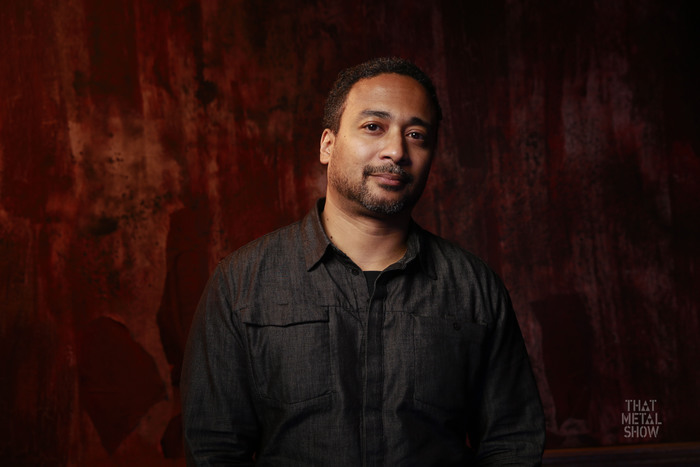
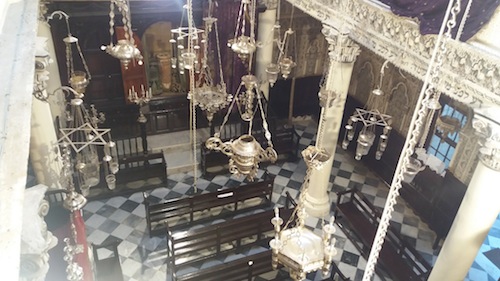
 On my last trip to
On my last trip to 
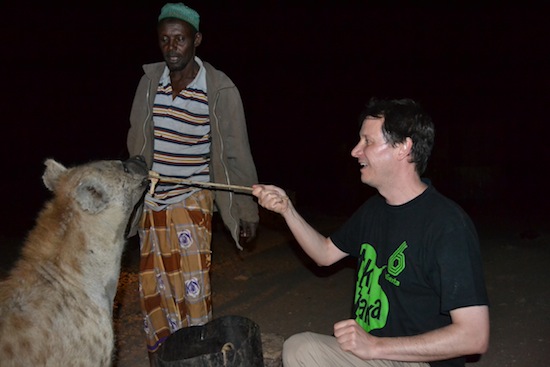


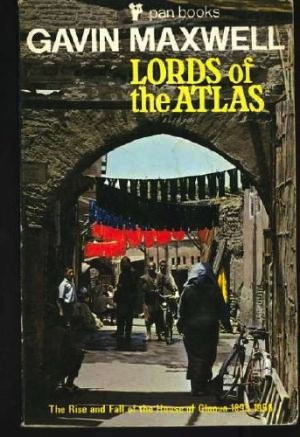 For people who have never been there, Morocco conjures up images of decadent ports, imposing casbahs, mysterious medinas, and mountains filled with bandits. It’s a mystique the tour companies like to perpetuate for this modern and rapidly changing country.
For people who have never been there, Morocco conjures up images of decadent ports, imposing casbahs, mysterious medinas, and mountains filled with bandits. It’s a mystique the tour companies like to perpetuate for this modern and rapidly changing country.